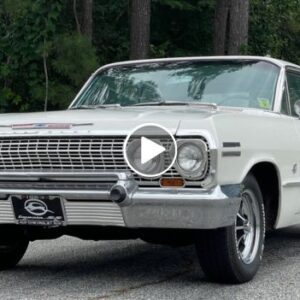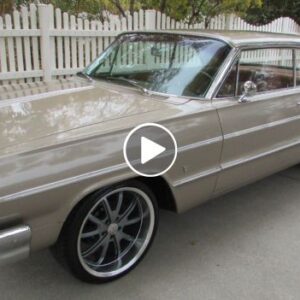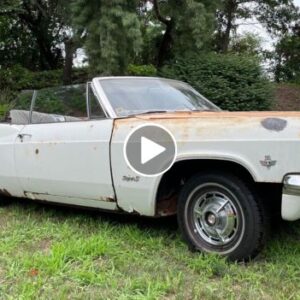In the world of high-performance automobiles, few names evoke the same level of respect and admiration as the 1965 Shelby Mustang GT350. This iconic vehicle holds a special place in automotive history as one of the first true muscle cars to hit the streets. But what sets this Mustang apart from the rest? Let’s dive into the story of the 1965 Shelby Mustang GT350, from its humble beginnings to its triumphant racing legacy.
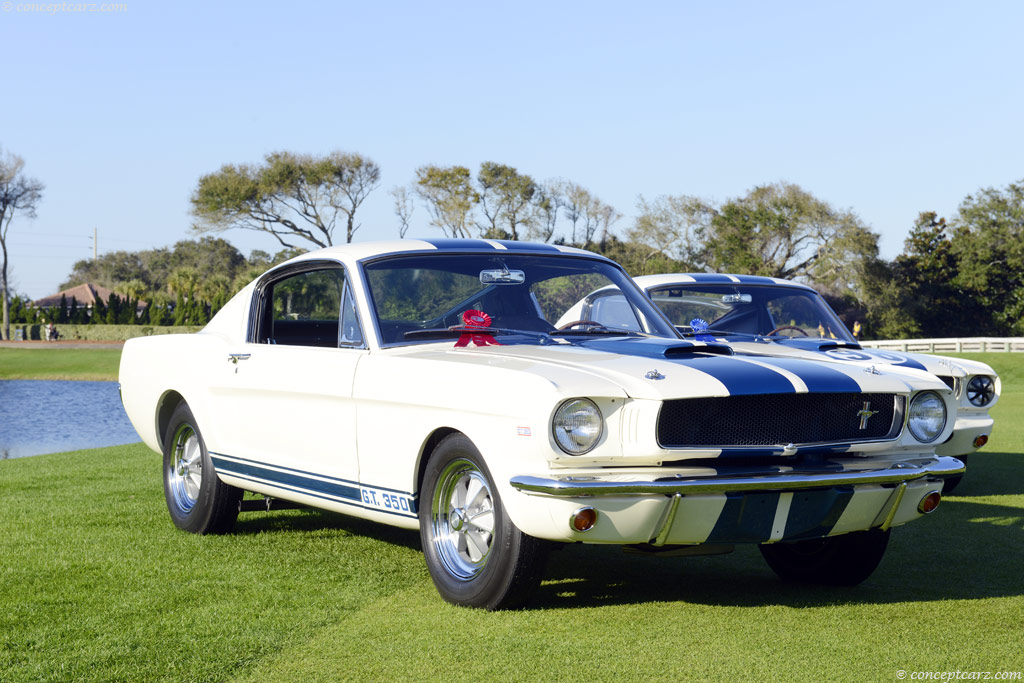
The Prototype that Started It All
Imagine late October 1964, when the seeds of a racing legend were sown. Shelby American embarked on a project to transform the standard 289 Mustang into a high-performance powerhouse. This project needed a prototype to determine the modifications and part sources necessary for the upcoming GT350 Mustang. Enter the ‘HiPo’ 289 Mustang, one of three used for this purpose.
It’s widely accepted that this ‘HiPo’ 289 Mustang is the first-ever Shelby Mustang produced, as it required less development and construction time compared to the racing version. Peter Brock, the head of Shelby’s special projects, played a pivotal role in this project. He not only captured the prototype in photographs but also wrote the text for the first two ads that would appear in automotive magazines in early 1965.
A clever marketing tactic was employed during the photo shoot. The car was artfully presented with standard steel wheels on one side and Shelby-Cragar chromed alloys on the other, creating the illusion that more than one street GT350 had been built. This prototype served at Shelby American for six months before being converted into a production GT350 and sold to its first owner, Ed Leslie, a Cobra team driver, for his dealership in Monterey, California.
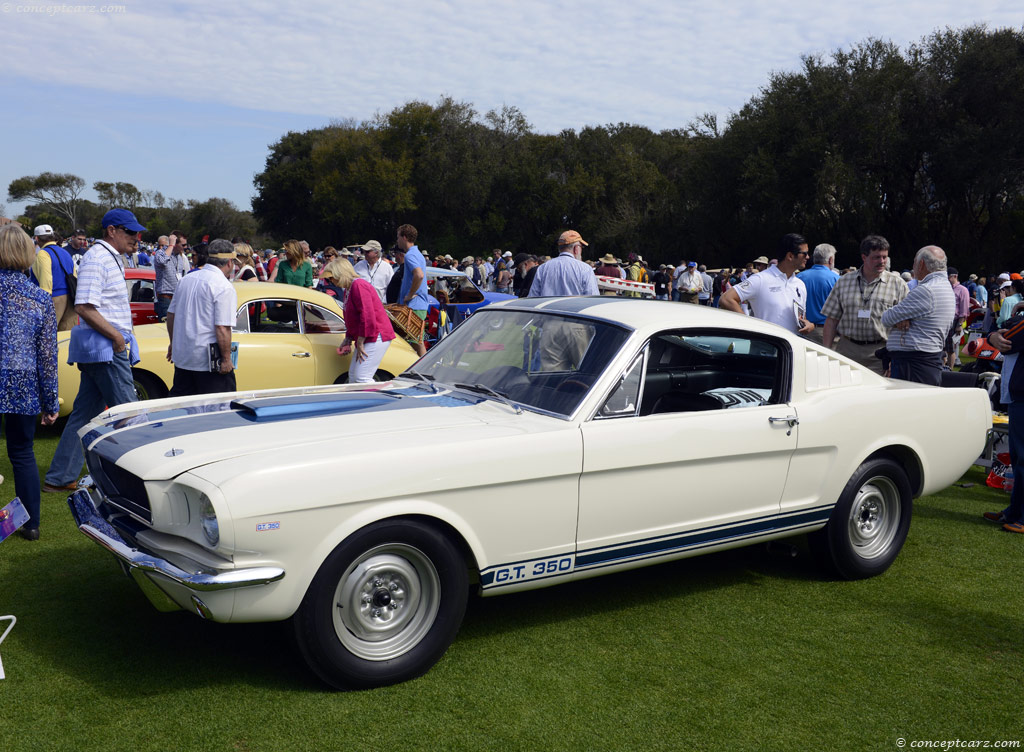
A Journey of Restoration
In late 1979, this legendary car was believed to be a competition version of the GT350, leading to its restoration as an R model. However, over a 12-year period, it was painstakingly restored back to its early prototype design. This restoration journey involved the use of many rare and original parts. In its history spanning 50 years, the ‘HiPo’ 289 Mustang has had ten owners, each contributing to its rich tapestry.
Carroll Shelby: From Driver to Builder
Carroll Shelby, the driving force behind the GT350, was not just a car builder; he was a formidable driver in his own right. His knack for extracting peak performance from a vehicle on the racetrack laid the foundation for his collaboration with the Ford Motor Company.
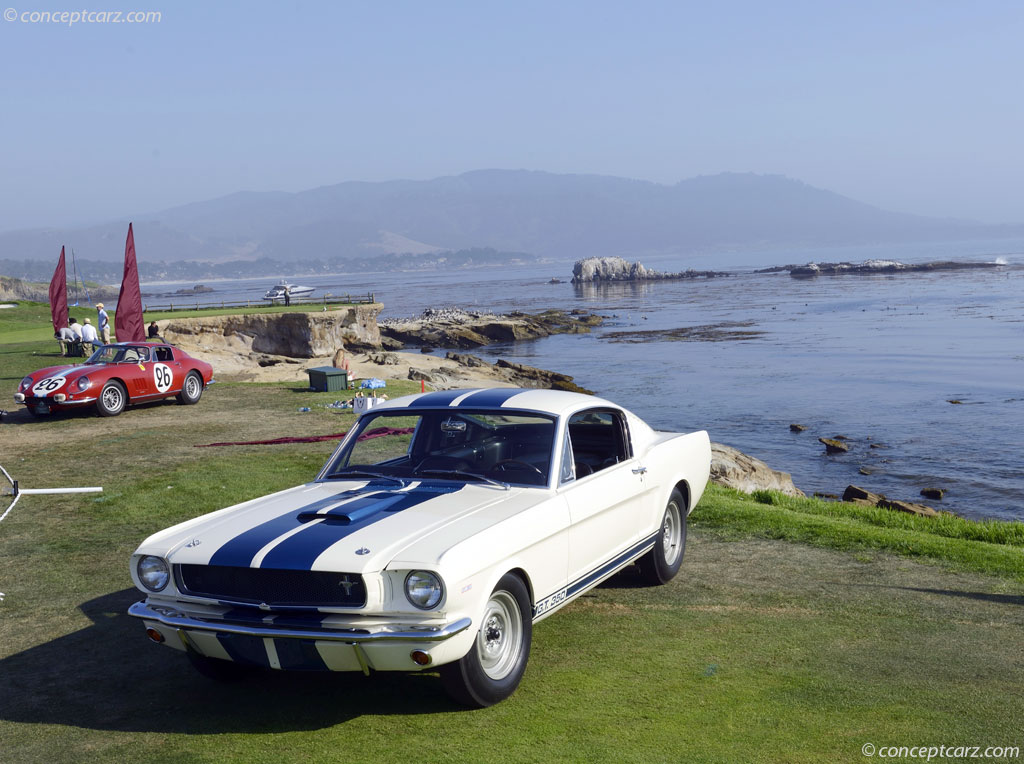
The Birth of the Shelby GT350
When Ford introduced the Mustang in 1964, it was initially a sporty car aimed at the masses, sharing components with the Falcon and other existing vehicles. However, as the muscle car era gained momentum, Ford faced a challenge: they needed to transform the Mustang into a true sports car capable of rivaling the likes of the Chevrolet Corvette.
The Sports Car Club of America initially dismissed the Mustang as a 2+2 design and not a genuine sports car. To overcome this obstacle, Ford turned to Carroll Shelby, known for his expertise in turning ordinary cars into high-performance machines. Shelby’s task was clear: transform the Mustang into a production ‘sports car’ suitable for SCCA racing.
The Evolution of the GT350
At the Shelby American facility in Venice, California, the standard Ford Mustang GT was given a thorough makeover. Performance modifications were abundant, and subtle styling changes were made to prepare it for competition. The Shelby GT350 quickly proved its mettle, securing three consecutive SCCA B-Production championships from 1965 through 1967.
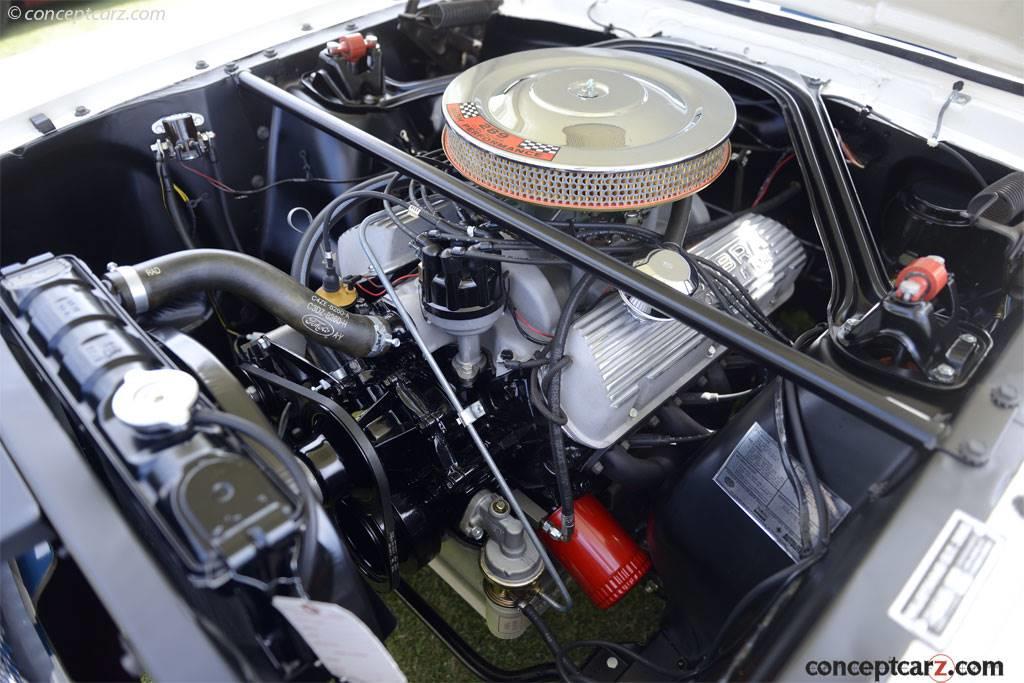
Under the hood, the Shelby GT350 housed a 289 ‘Hi-Po’ V8 engine. This powerhouse featured a Holley four-barrel carburetor, aluminum high-rise intake manifold, ‘Tri-Y’ exhaust headers, a high-performance cam, and dual exhausts. The front suspension was enhanced with a lowered stance, a larger stabilizer bar, and structural improvements like the ‘export brace’ and ‘Monte Carlo’ bar.
The rear end featured traction bars, Koni shocks, and a Detroit Locker rear differential. The suspension modifications were designed by Ford engineer Klaus Arning, known for his work on the GT40 program, Shelby’s 427 Cobras, and the Daytona coupes. The GT350 also sported disc brakes in the front and drum brakes in the rear.
The Iconic Look
Externally, the GT350 was distinguished by its iconic twin LeMans stripes running from nose to tail on most of the cars. The fiberglass hood with a scoop and hold-down pins, as well as exhaust outlets just ahead of the rear wheels, added to its aggressive appearance. Inside, the GT350 featured a woodgrain steering wheel, a tachometer, competition seat belts, and a fiberglass shelf in place of the rear seat.

Variations in Production
Production variations included some cars fitted with Shelby-Cragar five-spoke mag wheels, while others had hubcap-less steel wheels. Goodyear supplied 7.75-15 Blue Dot high-performance tires, and most of the GT350s came with manual transmissions and naturally aspirated 306-horsepower, 289-cubic inch V-8 engines. Two prototypes in 1965 were equipped with Paxton-supercharged V8 engines, pushing horsepower to around 450.
Homologation and Legacy
On January 1st, 1965, one hundred Shelby-modified Mustang Fastbacks were lined up outside the Venice facility for inspection by SCCA officials for homologation. These cars wore Wimbledon White paint, a pinned fiberglass hood with an intake scoop, and Blue ‘GT350’ sill stripes. Inside, they featured a black interior with essential racing components.

In total, 562 street-going GT350s and 34 competition-only R-models were produced in 1965, all contributing to the homologation of the Shelby GT350 for SCCA racing.
Conclusion
The 1965 Shelby Mustang GT350 stands as a testament to the power of collaboration between Carroll Shelby and the Ford Motor Company. It transformed a standard Mustang into a racing legend and became an icon in the world of high-performance automobiles. From its humble beginnings as a prototype to its dominance on the racetrack, the GT350’s legacy endures.

